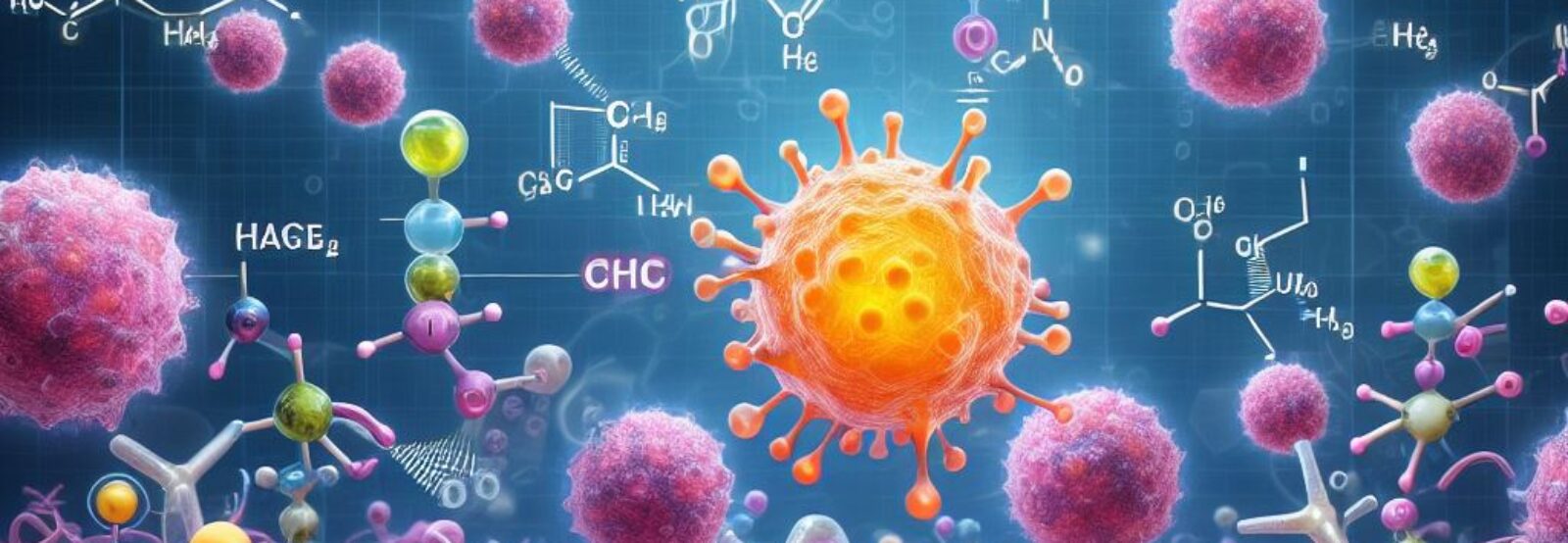
Affecting 33% of the world population, metabolic dysfunction-associated steatotic liver disease (MASLD) is becoming the leading cause of liver failure and liver cancers in the 2040s. Annually, 0.3-2.2% of MASLD patients progress from benign steatosis to “metabolic dysfunction-associated steatohepatitis” (MASH), an advanced form of MASLD, characterized by sterile inflammation and progressive fibrosis. Despite being the fastest growing cause for liver transplantation, no effective anti-MASLD treatments are available today.
Metabolic interactions amongst the lipid-damaged hepatocytes, Kupffer cells (KCs), and hepatic stellate cells (HSCs) underlies MASH initiation. Identifying MASH-promoting metabolite crosstalk can lead to novel therapeutic targets. However, studying metabolite crosstalk in livers remains challenging because separating different liver cell types is time-consuming and severely disturbs their metabolism.
To overcome metabolic disturbances, we developed a “MASH-in-a-dish” system, an innovative system that models MASH initiation in vitro for metabolite crosstalk interrogation. MASH-in-a-dish is a co-culture of mouse hepatocyte organoids, primary KCs, and primary HSCs, in which steatohepatitis can be induced and effects of specific metabolites can be tested. Uniquely, MASH-in-a-dish enables rapid separation of constituent cell types (<2 minutes) for metabolite profiling.

